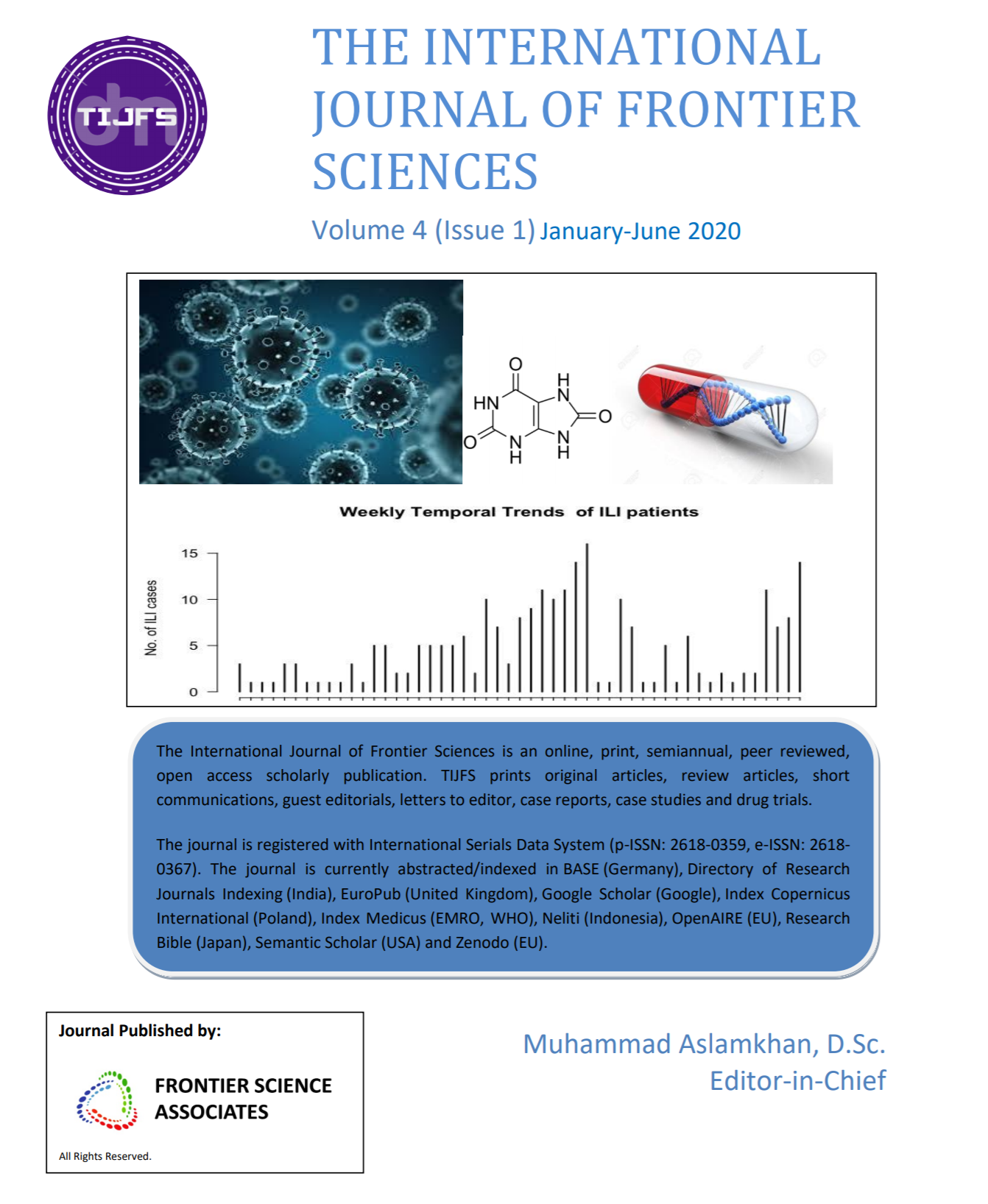Frequency of HbsAg and Anti-HCV among Hemodialysis Patients in three Genral Hospitals of Azad Jammu and Kashmir State
DOI:
https://doi.org/10.37978/tijfs.v4i1.72Keywords:
Hepatitis C, Hepatitis B, HemodialysisAbstract
Background: The impact of dialysis modality on the rates and types of infectious complications has not been well studied. The aim of the present investigation was to evaluate the rates of hepatitis C virus and hepatitis B virus infections in hemodialysis patients in three general hospitals of Azad Kashmir. In dialysis patient, if left unaddressed these may lead to very fatal consequences at the individual and national level. Hepatitis B virus (HBV) and hepatitis C virus (HCV) infections represent significant public health issues globally. These infections are important causes of morbidity and mortality in hemodialysis patients. Patients with HBV/HCV co-infection have a higher risk of progression to cirrhosis and decompensated liver disease and have an increased risk of hepatocellular cancer (HCC). Because the two hepatotropic viruses share same modes of transmission, co-infection with the two viruses is not uncommon, especially in areas with a high prevalence of HCV infection and among people at high-risk for parenteral infection.
Objective: The present work was aimed to determine the frequency of hepatitis B and C among dialysis patients in Azad Kashmir dialysis centers.
Design: Cross-sectional descriptive study.
Settings: Pathology laboratory of Abbas Institute of Medical Sciences, Muzaffarabad, Azad Jammu & Kashmir.
Participants: A representative sample of 110 patients of dialysis from all Azad Kashmir dialysis centers including both males and females was studied between August and December 2016. BMI was calculated after measuring weight and height followed by measurement of hepatitis B and C in dialysis patients.
Results: In this study, out of 110 patients: 52.72% dialysis patients were hepatitis C positive and 13.63% dialysis patients were hepatitis B positive.
Conclusion: Our findings revealed ongoing HCV incidence and high HCV/HBV prevalence among HD patients in Azad Kashmir. But incidence and prevalence appear to be declining year by year. About one-fifth of HD patients are chronic carriers of HCV infection, in need of HCV treatment, and potentially can transmit the infection to other HD patients. In context of rapidly growing HD patient population, these findings highlight the need to improve standards of infection control during dialysis in Azad Kashmir.
Downloads
Published
Issue
Section
License
Copyright (c) 2020 The International Journal of Frontier Sciences

This work is licensed under a Creative Commons Attribution 4.0 International License.






